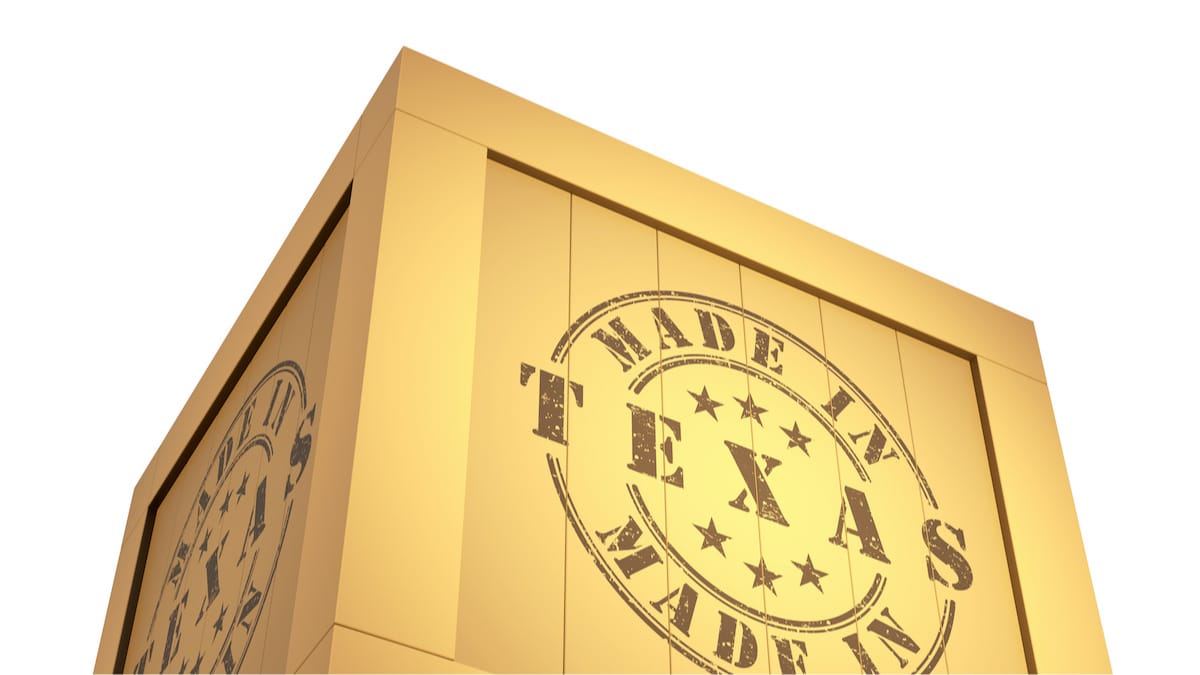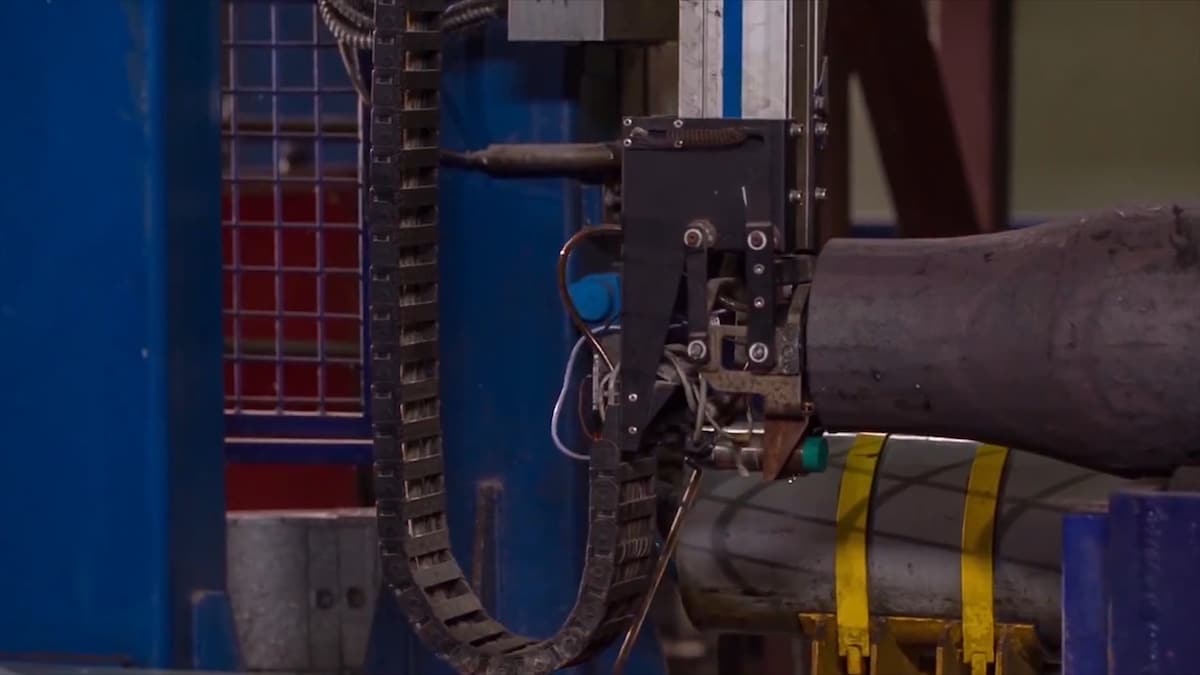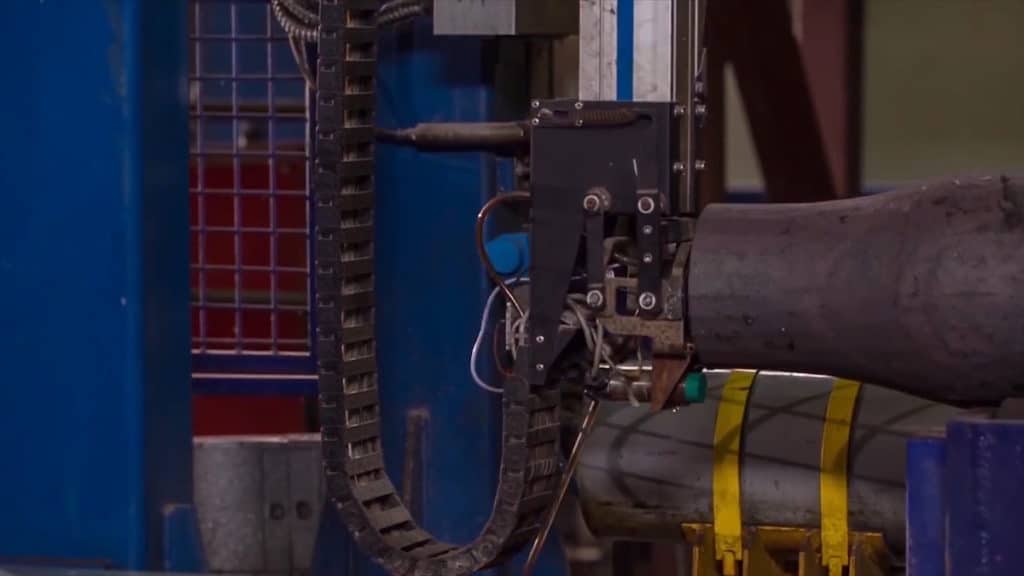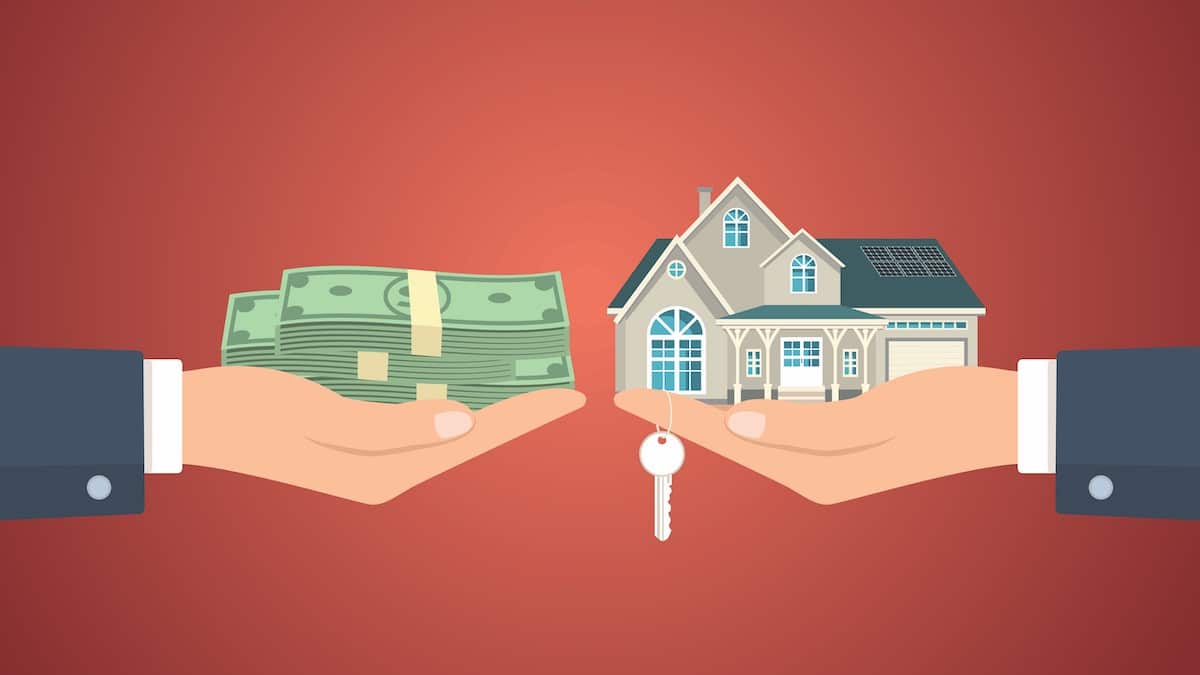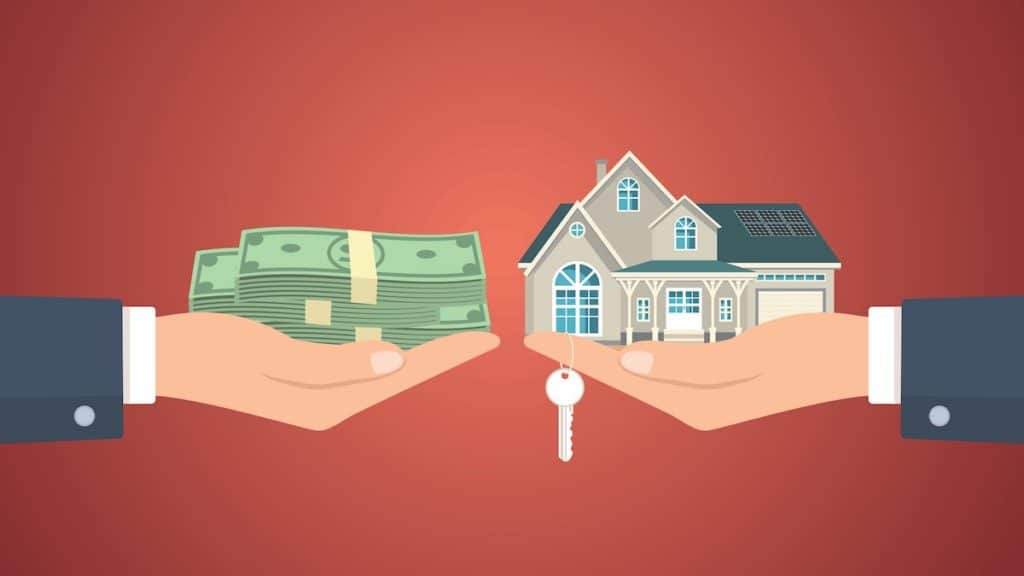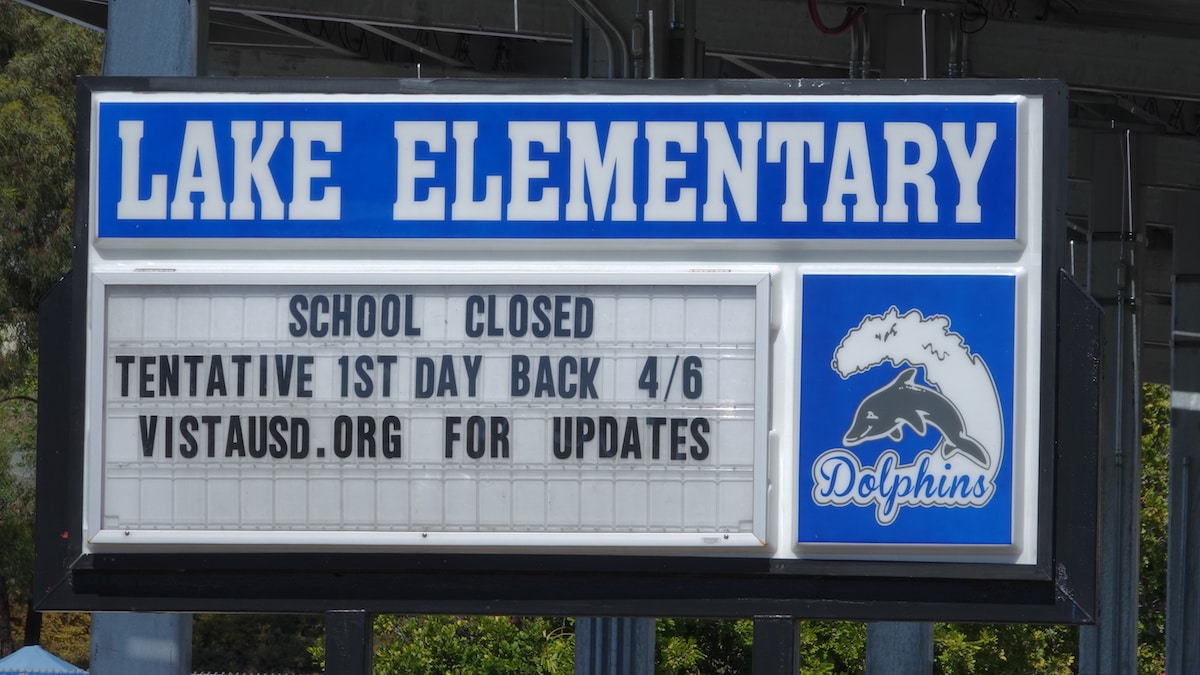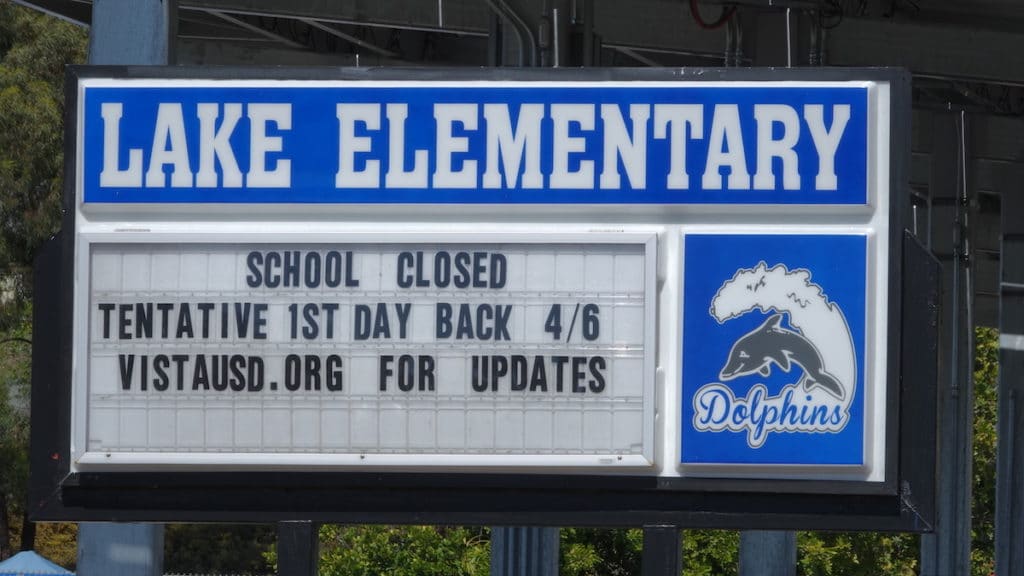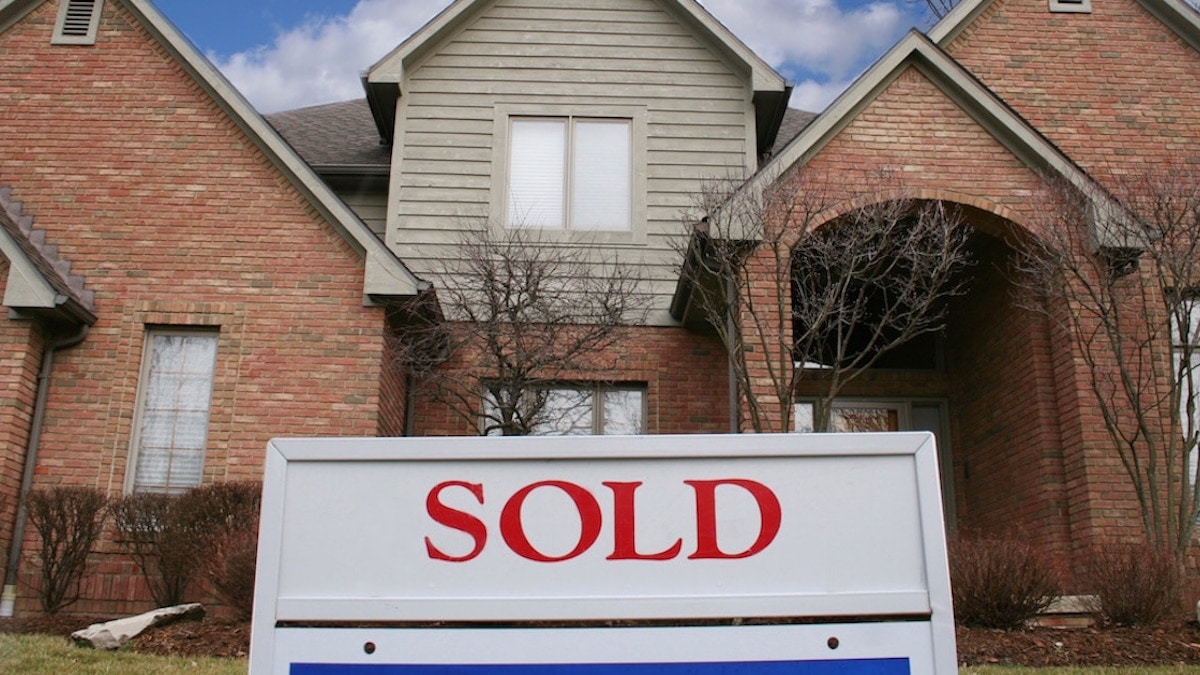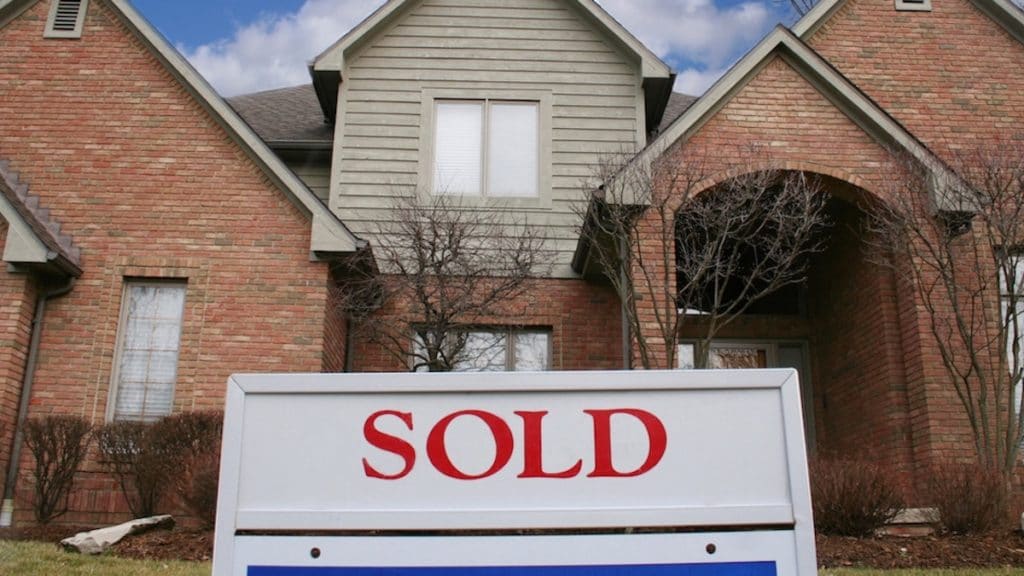S&P CoreLogic Case-Shiller NSA HPI Posts 4.5% Annual Gain in May
The S&P CoreLogic Case-Shiller U.S. National Home Price NSA Index for all nine U.S. census divisions posted a 4.5% annual gain in May, down slightly from 4.6% in April. The 10-City Composite gained annually by 3.1%, down from 3.3% in the previous month. The 20-City Composite rose 3.7% year-over-year, after gaining 3.9% in April.
The S&P CoreLogic Case-Shiller 20-City Composite Home Price Index (HPI) SA (seasonally adjusted) were flat. Forecasts ranged from a low of 0.4% to a high of 0.5%.
“May’s housing price data were stable,” says Craig J. Lazzara, Managing Director and Global Head of Index Investment Strategy at S&P Dow Jones Indices. “The National Composite Index rose by 4.5% in May 2020, with comparable growth in the 10- and 20-City Composites (up 3.1% and 3.7%, respectively).”
Phoenix, Seattle and Tampa reported the highest year-over-year gains among the 19 cities in May, excluding Detroit. Phoenix led the way for the twelfth consecutive month with a 9.0% year-over-year price increase, followed by Seattle at 6.8% and Tampa at 6.0%. Three of the 19 cities reported higher price increases in the year ending May 2020 juxtaposed to the year ending April 2020.
“Among the cities, Phoenix retains the top spot for the 12th consecutive month, with a gain of 9.0% for May,” Mr. Lazzara added. “As has been the case for the last several months, prices were particularly strong in the West and Southeast, and comparatively weak in the Northeast.”
The S&P CoreLogic Case-Shiller U.S. National Home

